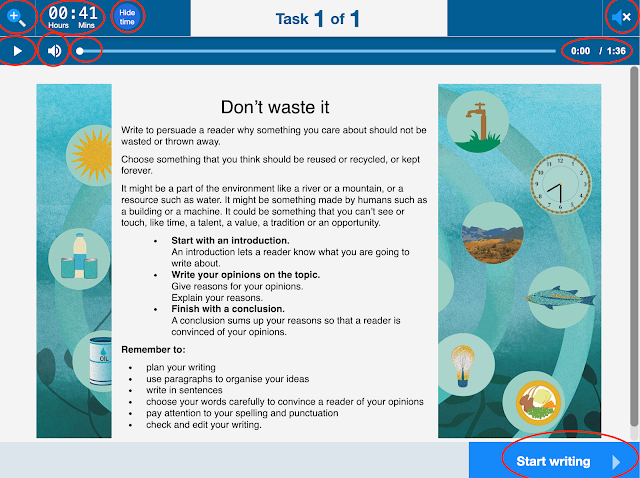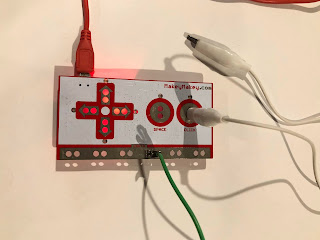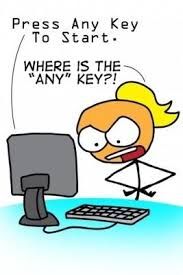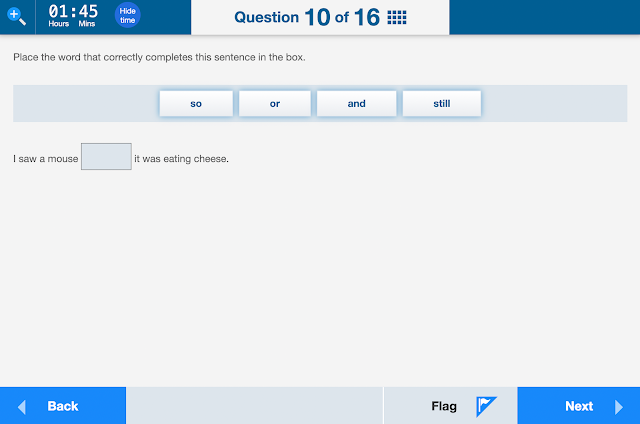Computational Thinking - an online course
In 2015 SCAS launched student courses that use a blended format. A combination of face to face and online delivery. Year 8 have been offered the elective Computational Thinking. The course is being facilitated online over a semester and currently has five students enrolled. Students are timetabled to attend classes and all content is delivered via a Google Classroom and a Google Site. This class is still in it’s early days however the participating students are very enthusiastic about the course, it’s content and it’s delivery. This article will define computational thinking, outline the purpose of the course and offer reasons for the online format. The course being offered is cross curricular and offers the opportunity for students to develop skills in computational thinking, writing and reflection, covering outcomes from the English and Computer Syllabi.
What is computational thinking?
Computational Thinking is the process of finding a solution to open ended problems. Computational Thinking is usually associated with computer science however it incorporates the way we set problems in all key learning areas (Google for Education). The four stages of computational thinking are:
- Decomposition, breaking a large problem into smaller parts
- Pattern Generalization and Abstraction
- Algorithm Design, step by step strategy for solving a problem
(Google for Education)
Jeanette Wing of Carnegie Mellon University believes:
“it is a fundamental skill for everyone, not just for computer scientists. To reading, writing, and arithmetic, we should add computational thinking to every child’s analytical ability” (Wing, 2006)
Schools have been teaching computational thinking for many years by way of procedures, data collection, decision charts, programming and problem solving. The Digital Technologies Australian Curriculum formalises computational thinking. NSW is currently the only state not to have implemented this curriculum. This means NSW has limited formal outcomes that can be used to specifically address computational thinking. Fortunately these skills can still be taught using outcomes in most of the existing and new NSW curriculums.
Computational thinking (CT) is often linked to computers and coding. It is a problem solving method that uses computer science techniques. It is possible to teach these skills off line using other technologies. Computational thinking can also be taught using robotics, electronics and programming.
The year 8 elective has been designed as a trial course. There are several questions that require answers during 2015 to determine the validity of this model.
- Does the online format work and what are it’s limitations?
- Is there potential for offering these courses to outside students?
- Could online courses offer options for students who require enrichment or extension?
- Could the online format allow a more flexible timetable?
- How will staff, parents and students respond to the online format?
- Does this style of course still achieve outcomes?
- How does the blended format affect teaching loads?
Content Delivery
Course content is available through a combination of Google Classroom and a Google site. Currently it includes written content, graphics, YouTubes and Screencasts. This may in the future include podcasts and other media as required.
The purpose of the course is to encourage students to explore areas of interest with a focus on problem solving and logic.
Some of the proposed projects include:
- Learning to program - beginning with a tutorial program called 20 hours of code.
Continuing onto a personal coding project. - Coding a game using online game builders
- Robotics with Lego Mindstorms
- Universal Controller for multiple remote control cars
- Building a personal computer
Course Format
While the format of this course is online students have various methods of communicating with the teacher.
- 30 mins face to face each fortnight, this will be used for discussing ideas, problems and debriefing.
- Emails
- Google Classroom stream
- Personal Blogs
The teacher can monitor student activity by reading student blogs. If this course was to run with a large number of students the teacher would need to have more allocated time for for face to face to ensure projects can be debriefed regularly.
There were no prerequisites for this course. To be successful in this project students will need to be self motivated. Should this course be successful the school should consider seeking Board of Studies approval.
Students are monitored through a learning journal. They are required to keep a personal blog. Students are provided with a set of sample questions they can use to discuss their ideas and learning experiences, and will be required to take photos, movies, screencasts and/or screen shots of their progress. These should then be used as stimuli for discussion in the blog. Students are also required to comment on the blogs of their peers. They are required to provide constructive and positive feedback to projects.
At the conclusion of each week students are asked to review their efforts and self- evaluate how they are going. This information will provide meta data at the conclusion of the semester on how students judge their performance, compared with their final assessment mark.
Assessments
The course will have 2 assessments.
- Student blogs will be assessed for use as a learning journal, marks will be allocated for use of media, grammar, punctuation and spelling. It will be worth 50%
- There will be a student presentation. The format of the presentation will be determined by the student, in keeping with the self guided philosophy of the course. Students may do a slide show, YouTube clip, Screencast, demonstration or speech and incorporate student peer assessment with a value of 50%
Conclusion
Potentially this course could be used for extension of high achievers in any subject area with a practical component. I believe this format would suit grade levels from upper primary through to Year 12. It may be that this format does not suit all students. Students who prefer more direct instruction or structure may still need a traditional classroom. Students who are self motivated would be more suited to this format. This course format will provide an opportunity for students to be self directed.
Rather than creating content consumers, this course allows students to become content generators. They take a topic they are interested in and then create, model, build or research it, in a similar fashion to a major work at HSC level. The documentation is done via their blog.
Education is on the precipice of a revolution. We are teaching at a time when all things become possible and we are only limited by our imagination and enthusiasm. As a teacher the goal should be to harness innate curiosity and provide a stage for the performance that evolves under our tutelage.
References
Ebbs, M @iMerinet 2015, Anthony building Lego Mindstorms, Photograph, Meridith Ebbs, accessed 7 February 2015, <https://twitter.com/iMerinet/status/564031598098530304>.
Wing, J 2006, ‘Computational Thinking’, COMMUNICATIONS OF THE ACM, vol. Vol. 49, no. No. 3, March, accessed 7 February 2015, <https://www.cs.cmu.edu/~15110-s13/Wing06-ct.pdf>.
Google.com,. 'Google For Education:'. N.p., 2015. Web. 18 June 2015.
This an article that was published in Essence Magazine, St Columba Anglican School, Edition 4. I link will be posted once available.











Comments
Post a Comment